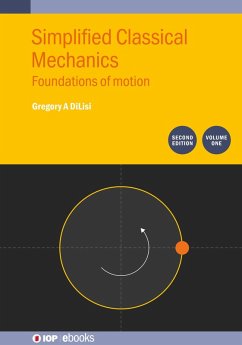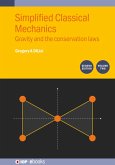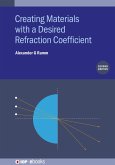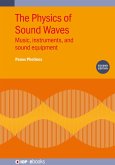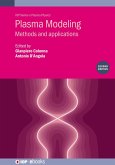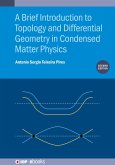Simplified Classical Mechanics, Second Edition, Volume I: Foundations of Motion, explores the kinematics and dynamics of motion. The hallmark of the volume is its treatment of Newton's Laws of Motion, the principles set forth by Sir Isaac Newton in the seventeenth century to describe the motion of an object under the influence of forces; thus, "Classical Mechanics" is often referred to as "Newtonian Mechanics." This volume examines how an object moves (i.e., gives a description of the path of an object in motion) then examines the underlying reasons why an object moves the way it does. Problem-solving strategies are built-up in each chapter.
Key Features:
Key Features:
- Presents complex physics with simplified mathematics (Conceptual and algebra-based with little of the calculus-based elements. Emphasis on both concepts (conceptual) and problem-solving (algebra-based) but do not calculus-based number-crunching.)
- Like conceptual physics books, each chapter contains an anticipatory set which carries the reader through the chapter. Each of the chapter's topics ties back to this anticipatory set. This includes simple everyday situations and lead the reader to conclude that he/she could have solved these problems with very logical and commonsense techniques.
- Each chapter develops a problem-solving strategy and focuses on examples that demonstrate this strategy.
- The scope and sequence of the book adheres to current educational best practices with each chapter containing a "Getting Ready" section (with "Anticipatory Set," "Objective" and "Purpose" sub-sections), a "Giving Information" section (with "Instructional Input," "Modeling" and "Checking for Understanding" sub-sections), and a "Keeping Information" section (with "Closure," "Independent Practice" and "Peer Teaching" subsections).
- Improved images and drawings to illustrate problems.
Dieser Download kann aus rechtlichen Gründen nur mit Rechnungsadresse in A, D ausgeliefert werden.

